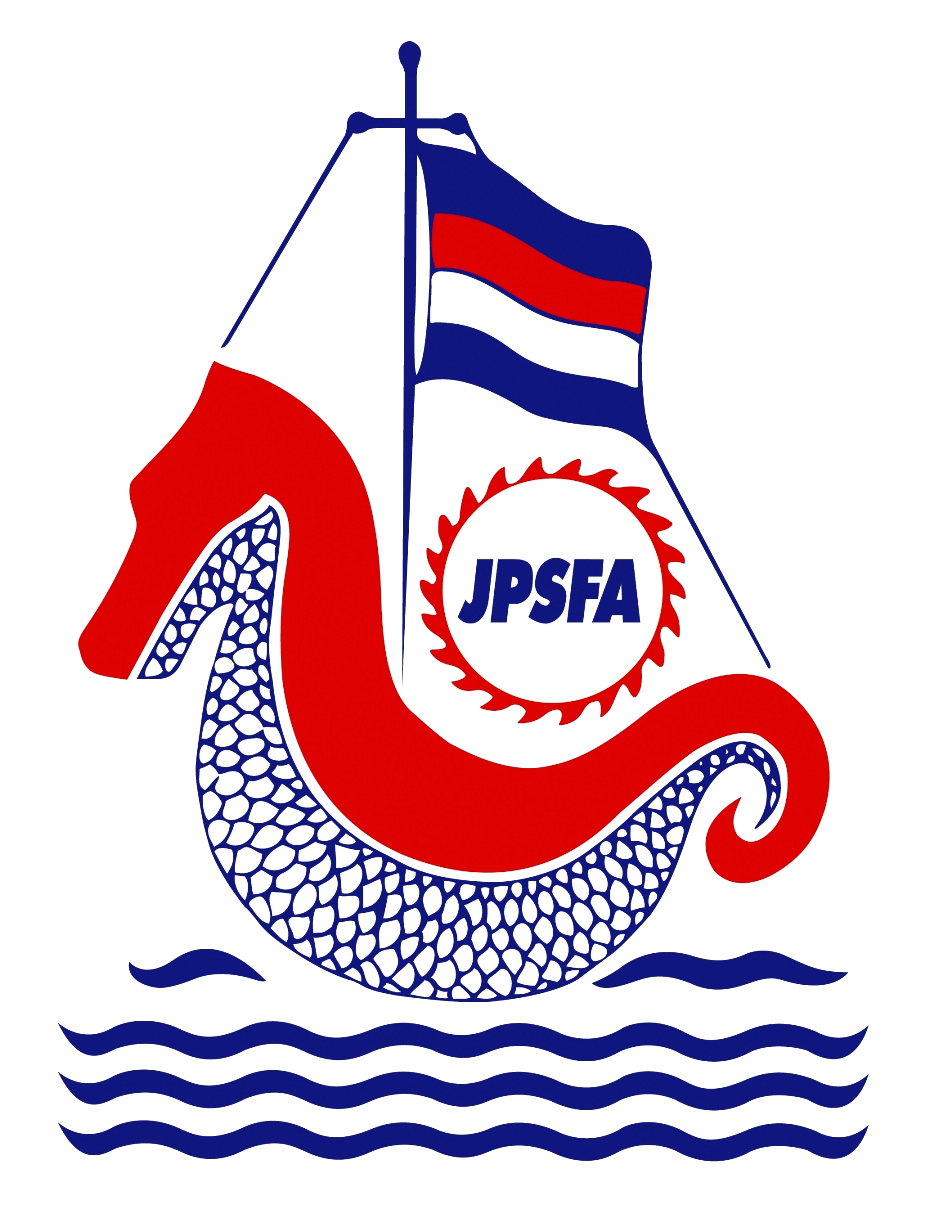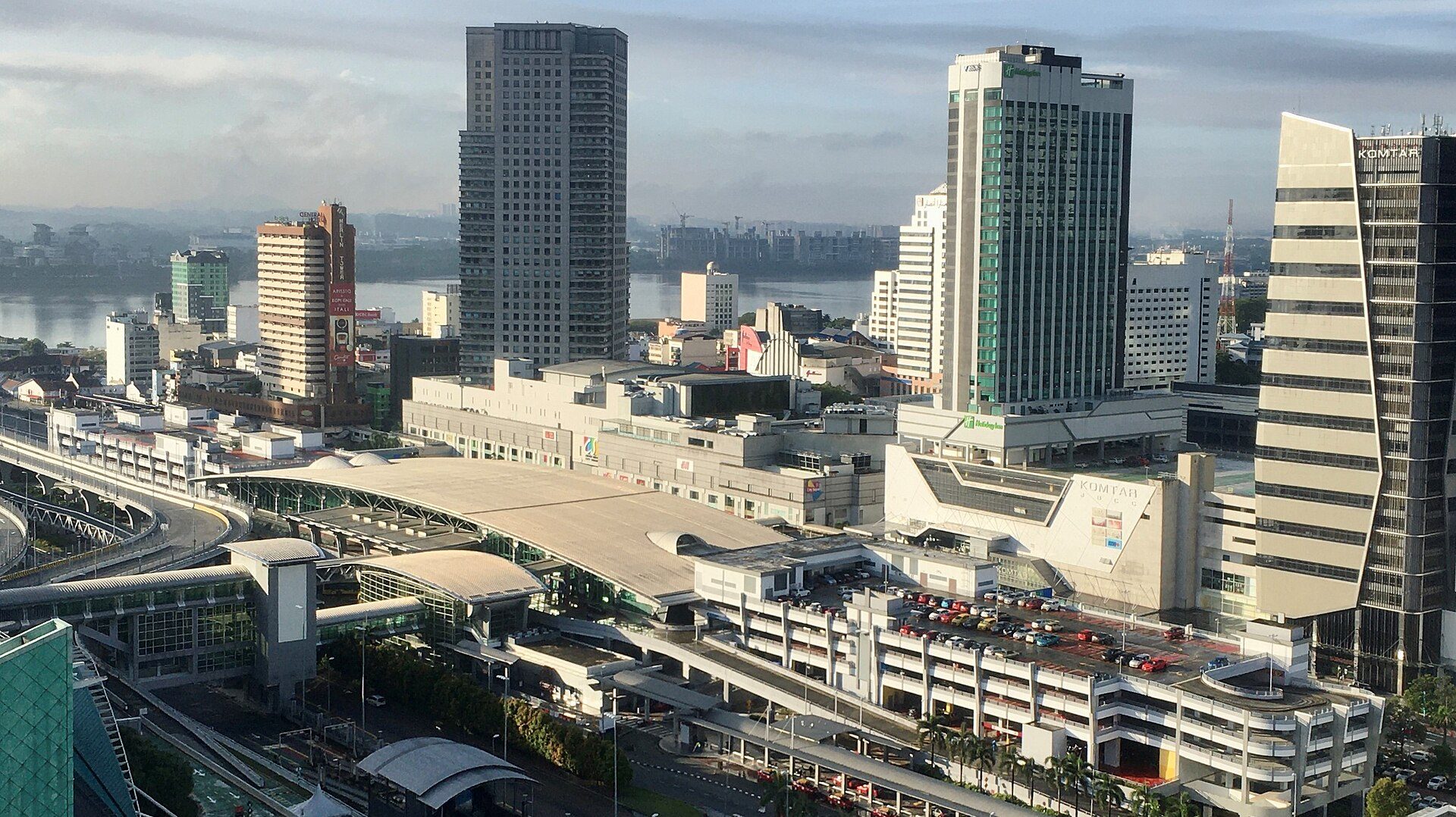JOHOR BAHRU: For decades, the Causeway has been a bottleneck; millions of people crossing daily, traffic jams stretching for hours, and businesses caught between two very different economies. Now, the Johor–Singapore Special Economic Zone (JS-SEZ) is being pitched as the game-changer that could finally turn this shared border into a shared engine of growth.
At the Bridging Growth Across Borders forum held on Aug 21, government leaders, business giants and investors from both sides gathered to hear a bold vision: Johor and Singapore working hand in hand to create Southeast Asia’s Shenzhen.
The scale is striking. According to New Straits Times (NST), Amy Wong, Knight Frank Malaysia’s executive director for research and consultancy, told participants that the SEZ would be “four times larger than Singapore and twice the size of Shenzhen,” designed to attract global investors into nine flagship zones covering 11 high-value sectors.
Instead of each city working in isolation, the SEZ would let companies use Johor as the base for advanced manufacturing while keeping their headquarters and research in Singapore. “Companies can leverage the strengths of both sides of the Causeway,” Wong said, painting a picture of an economy where talent, capital and innovation flow freely across the border.
JOHOR BAHRU: For decades, the Causeway has been a bottleneck; millions of people crossing daily, traffic jams stretching for hours, and businesses caught between two very different economies. Now, the Johor–Singapore Special Economic Zone (JS-SEZ) is being pitched as the game-changer that could finally turn this shared border into a shared engine of growth.
At the Bridging Growth Across Borders forum held on Aug 21, government leaders, business giants and investors from both sides gathered to hear a bold vision: Johor and Singapore working hand in hand to create Southeast Asia’s Shenzhen.
The scale is striking. According to New Straits Times (NST), Amy Wong, Knight Frank Malaysia’s executive director for research and consultancy, told participants that the SEZ would be “four times larger than Singapore and twice the size of Shenzhen,” designed to attract global investors into nine flagship zones covering 11 high-value sectors.
Instead of each city working in isolation, the SEZ would let companies use Johor as the base for advanced manufacturing while keeping their headquarters and research in Singapore. “Companies can leverage the strengths of both sides of the Causeway,” Wong said, painting a picture of an economy where talent, capital and innovation flow freely across the border.
Building the ‘next Shenzhen’
The JS-SEZ isn’t just about scale, but also about precision. NST reported that different zones are projected to specialise in different industries: Kulai–Sedenak is earmarked for artificial intelligence, quantum computing and medical devices; Senai–Skudai will be the hub for aerospace and MRO (maintenance, repair and operations); Iskandar Puteri is slated for business services; while Tanjung Pelepas will focus on smart logistics.
Even lifestyle and tourism get a starring role; Forest City is being positioned as a financial hub, while Desaru–Penawar will anchor integrated tourism projects designed to draw both regional and international visitors.
To support it all, infrastructure is also getting a major boost. The much-awaited Johor–Singapore Rapid Transit System (RTS), scheduled for completion in 2026, will carry up to 10,000 passengers per hour in each direction between Bukit Chagar and Woodlands North, slashing travel time across the Causeway to just five minutes. For those who currently endure hours stuck in traffic, that’s nothing short of revolutionary.
Building the ‘next Shenzhen’
The JS-SEZ isn’t just about scale, but also about precision. NST reported that different zones are projected to specialise in different industries: Kulai–Sedenak is earmarked for artificial intelligence, quantum computing and medical devices; Senai–Skudai will be the hub for aerospace and MRO (maintenance, repair and operations); Iskandar Puteri is slated for business services; while Tanjung Pelepas will focus on smart logistics.
Even lifestyle and tourism get a starring role; Forest City is being positioned as a financial hub, while Desaru–Penawar will anchor integrated tourism projects designed to draw both regional and international visitors.
To support it all, infrastructure is also getting a major boost. The much-awaited Johor–Singapore Rapid Transit System (RTS), scheduled for completion in 2026, will carry up to 10,000 passengers per hour in each direction between Bukit Chagar and Woodlands North, slashing travel time across the Causeway to just five minutes. For those who currently endure hours stuck in traffic, that’s nothing short of revolutionary.
Why this matters for Singapore
For Singaporeans, the JS-SEZ is more than just a neighbour’s development plan. It could directly shape everyday life and business opportunities.
Right now, space and costs in Singapore make it hard for many companies to scale beyond a certain point. Johor offers the breathing room with its offer of land, lower operating costs, and space for industries that need to grow fast, like logistics, manufacturing and even high-tech sectors. But with the SEZ, that expansion won’t feel like “leaving Singapore.” Instead, it will mean plugging into a cross-border ecosystem designed to work seamlessly.
The RTS, for example, will not only ease congestion but also make daily commuting viable for thousands more workers. Singaporean firms could base operations in Johor while still keeping leadership, R&D, and financing in the republic. Meanwhile, Singaporeans could find new leisure opportunities just a quick train ride away, from business meetings in Iskandar Puteri to a weekend escape in Desaru.
Reference : Johor–Singapore SEZ touted as ‘next Shenzhen’ in push to reshape cross-border growth – Singapore News

